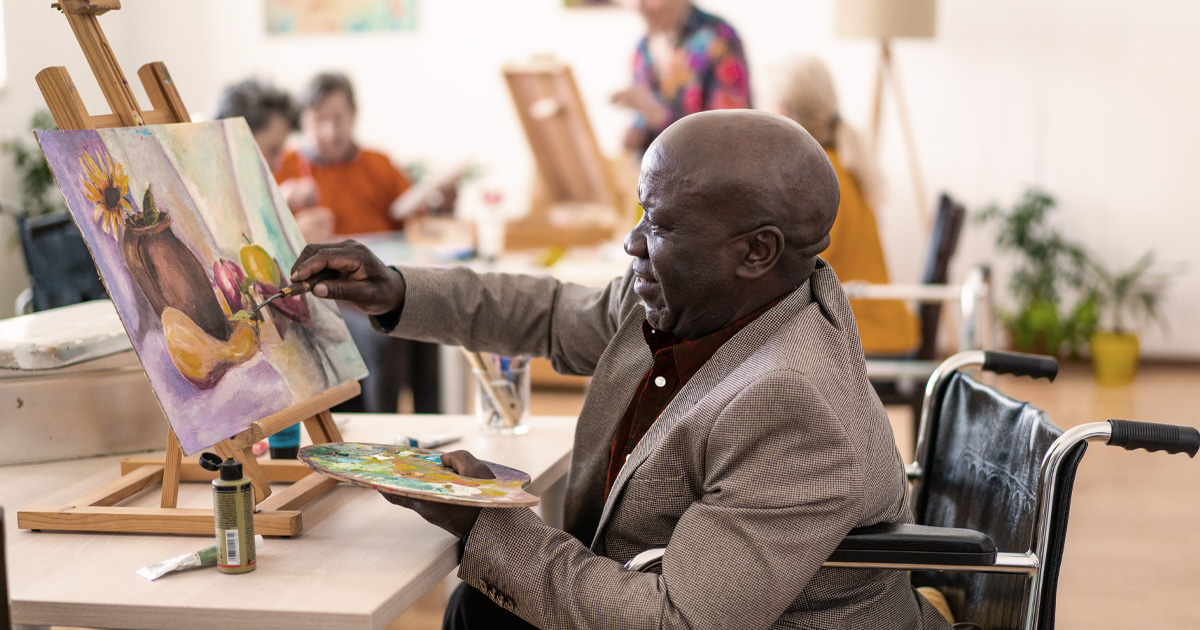
Ableism is the preference for non-disabled people and is a pervasive issue in society. The antidote to ableism in occupational therapy practice lies in a strength-based approach. This approach focuses on clients' assets and abilities and is rooted in positive psychology.
Moving Beyond the Medical Model
The medical model, which often emphasizes deficit-based care and overcoming disabilities, is prevalent in occupational therapy. This reimbursement model incentivizes clinicians to focus heavily on their clients’ impairments rather than acknowledge and build upon their strengths.
A strength-based model works in conjunction with a biopsychosocial model and/or social model of disability to provide well-rounded, inclusive care.
A prime example is the ASD NEST program in public schools in New York City. It emphasizes strengths and social-emotional skills development while promoting inclusion for students with autism.
Incorporating Strength-Based Approaches
To incorporate strength-based approaches in occupational therapy, practitioners should include disability advocates on clinical and research teams. The clients OTPs work with can be a rich source of the clinicians’ continued education since they can share their lived experiences.
Interest inventories and organizational needs assessments can identify and build on clients’ strengths by leveraging their interests. OTPs can use this information to create interest-based interventions.
For example, an OTP can design an after-school club for children with social anxiety related to their interests (e.g., creating comic books). Here, socialization can occur naturally, as opposed to a social skills club that addresses skill development as a primary focus.
OTPs can also collaborate with clients to set goals and design personalized interventions that include teaching self-advocacy skills and education on their condition.
These strategies ensure diverse perspectives, valuable insights, accessibility, and genuine motivation among clients.
Becoming a Reflective Practitioner
As a profession committed to occupational justice, occupational therapists promote both meaning and quality of life for our clients. It's crucial to analyze how we practice and the impact on clients.
Reflect on your own practice by asking a series of questions to identify biases and determine where you can improve on becoming strength-based.
- Is there a bias toward ableism in this practice area or work setting?
- Am I only working to remediate weaknesses?
- Have I sought feedback from clients who have been recipients of occupational therapy?
- Have I had discussions with people from the community of clients I work with to better understand their lived experiences?
- Am I working to adapt my client’s environment before I work on changing them?
- Am I using potentially harmful language or labels?
- Am I grouping people together instead of treating them as individuals?
- Do I know my clients' strengths, interests, and areas for improvement?
- Do I consider my clients' preferences and priorities when designing interventions and groups?
- How can I collaborate with my clients to set goals that are meaningful to them?
Benefits of a Strength-Based Approach
A strength-based approach offers many benefits for clients and practitioners alike. By emphasizing clients' strengths and capabilities, this approach empowers clients and fosters their self-efficacy.
Tailored, meaningful interventions enhance client engagement and motivation. Having a self-reflective practice, as well as encouraging our peers to reevaluate their practice and embrace strength-based methods, is key to creating a more inclusive, supportive, and therapeutic environment.
Resource
Continued’s OccupationalTherapy.com (2023). Making Your Practice Strengths-based Podcast.